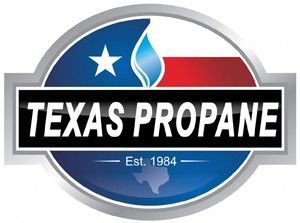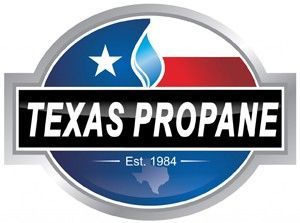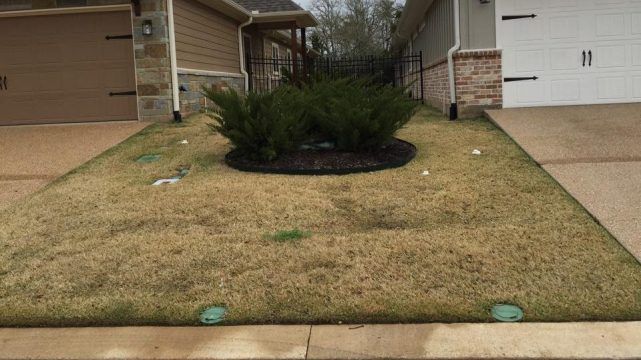Propane Gas Appliance Ventilation for Your Home or Business

Propane Gas Appliance Ventilation
According to NFPA 54, it is a requirement to use approved vent materials. In addition, you must use installation procedures for gas appliances subject to venting.
Improper vent installation or the absence of venting when necessary can result in extremely hazardous conditions within a home or building.
The Purpose Gas Appliance Venting
The manufacturer will list appliances requiring ventilation and are subject to venting rules as written in NFPA 54. Propane is a clean burning gas, but appliances meeting or exceeding specified BTU ratings are subject to exhaust ventilation requirements for health and safety reasons.
In addition to the venting of certain applications being a protective concern and requirement, the removal process of flue gases itself is a subject requiring careful planning. The absence of propane gas appliance ventilation, improper materials and/or incorrect installation of the venting can result in Carbon Monoxide poisoning. If the combustion of LP Gas is incomplete, damage to venting can occur as well.
Approved Propane Exhaust Venting Materials
The materials for venting differ among various appliances and approved venting materials by the appliance manufacturer. Different appliance produce flue gases of varying temperatures and quantities. Due to these factors, appliances are subject to using venting materials approved by the equipment manufacturer. The most common materials to ventilate flue gases in propane systems include the following:
- walled metal duct pipe
- double walled vent pipe
Unapproved and illegal LP Gas appliance venting materials include PVC pipe and HVAC air ducting. This is because they are extremely dangerous if installed to vent flue gases to the outside atmosphere.
Design and Installation of Gas Appliance Venting
It is necessary to have licensed professionals perform gas appliance venting and duct installation. This is because special considerations are necessary if multiple appliances are connected to or share a common ventilation pipe.
Ventilation pipe requires proper sizing similar to that of LP Gas pipe sizing. If vent pipe is too small in diameter, it will not adequately exhaust flue gases to the outside atmosphere. It can act as a bottleneck and function to restrict toxic gas venting. Appliances generating low-heat flue gases have strict venting standards to ensure the heat generation by exhaust will be sufficient to push the gases all the way out of the vent system (heat rises).
Some appliances will require an exhaust fan to properly vent flue gases while others may not. The planning and installation of a ventilation system is a critical issue in the LP Gas industry as almost 25% of all propane related fatalities are due to Carbon Monoxide poisoning.
In addition to damage to your property and/or propane appliance, unsafe circumstances can occur with improper installation of exhaust ventilation. If you are concerned about the condition of your propane gas appliance ventilation system of you need assurance that it was installed properly, contact Texas Propane with the link below!
Tips & Info
Fired up to learn more?
Read on to learn about how you can benefit from using propane.










